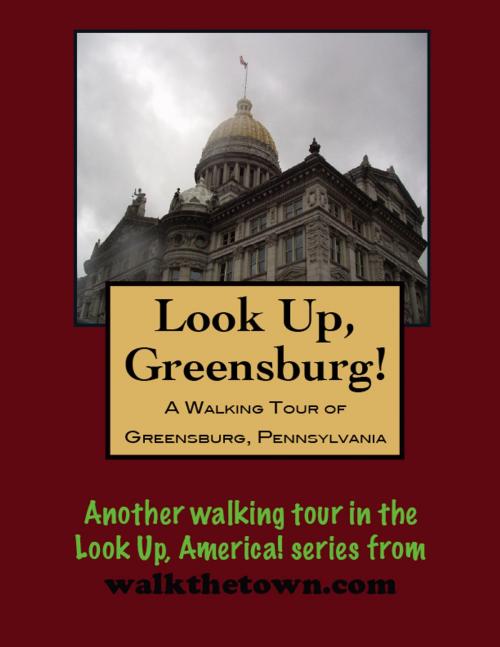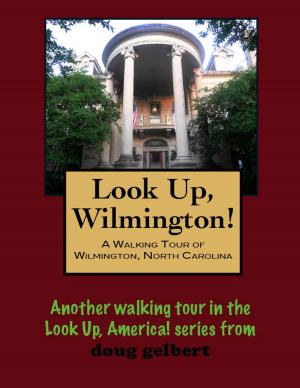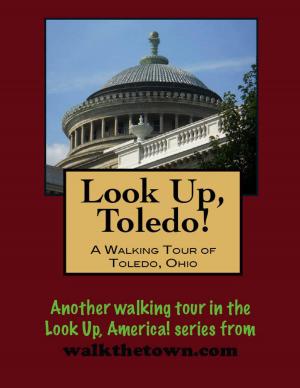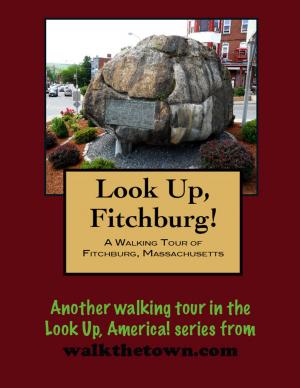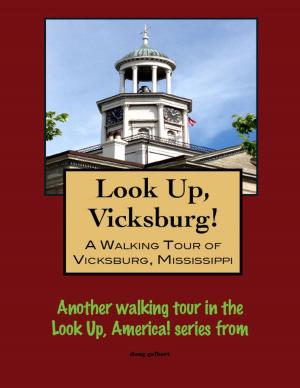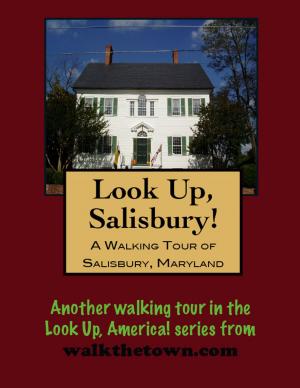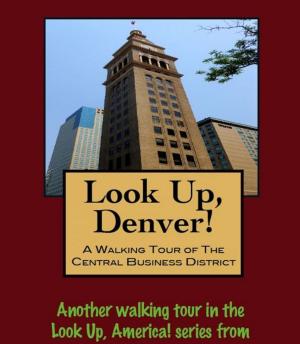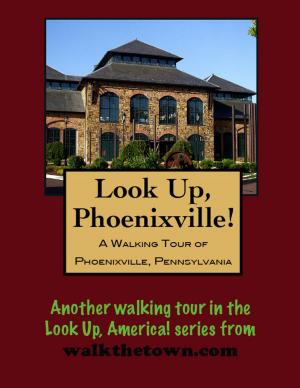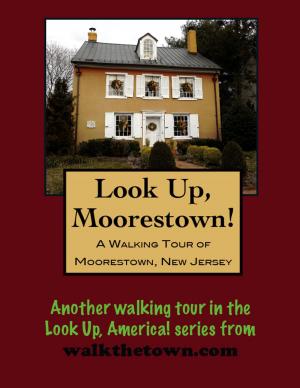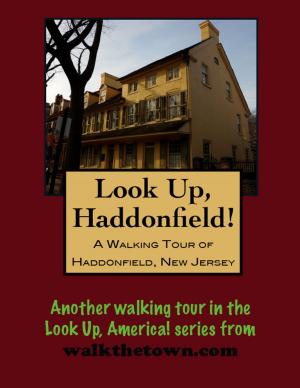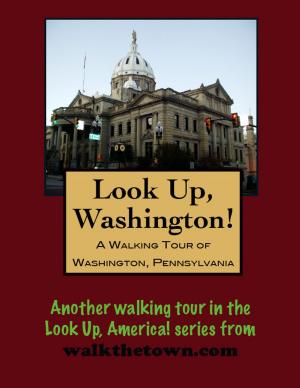| Author: | Doug Gelbert | ISBN: | 9781458102744 |
| Publisher: | Doug Gelbert | Publication: | February 8, 2011 |
| Imprint: | Smashwords Edition | Language: | English |
| Author: | Doug Gelbert |
| ISBN: | 9781458102744 |
| Publisher: | Doug Gelbert |
| Publication: | February 8, 2011 |
| Imprint: | Smashwords Edition |
| Language: | English |
There is no better way to see America than on foot. And there is no better way to appreciate what you are looking at than with a walking tour. Whether you are preparing for a road trip or just out to look at your own town in a new way, a downloadable walking tour is ready to explore when you are.
Each walking tour describes historical and architectural landmarks and provides pictures to help out when those pesky street addresses are missing. Every tour also includes a quick primer on identifying architectural styles seen on American streets.
Following the Revolutionary War, an inn was built along a wagon trail (today’s East Pittsburgh Street) that stretched from Philadelphia west over the Appalachian Mountains to Fort Pitt, now Pittsburgh. A tiny settlement known as Newtown grew around the inn, today the intersection of Pittsburgh and Main streets.
After a raid by Guyasuta-led Seneca Indians accompanied by Canadian rangers burned Hannastown, the original Westmoreland County Seat north of Greensburg, in 1782, Newtown was tabbed as the new county seat. In 1799 when the settlement was formally incorporated it adopted the name of Greensburg, after Revolutionary War General Nathaniel Greene.
Even though Greensburg was one of the few settlements in a vast agricultural region and even though it had the second post office in southwestern Pennsylvania (after Pittsburgh), there was very little growth here in the first half of the 19th century. By 1850 the population tally stood at 1,051. But Greensburg won a station on the Pennsylvania Railroad main line in 1852 and that made all the difference.
When coal and coke exploded in the region it was shipped from Greensburg. In the early 1900s the City could count more than 25 coal operators and shippers with offices in downtown. Many of the workers who came to mine the coal lived in “patch towns” near the mines with limited facilities. When it came time to go to town for supplies, Greensburg is where they went. This wealth helped the town outstrip its neighbors in growth and sophistication. The difference is apparent when walking the streets of Greensburg, not only in the substance of the buildings but in the quality of materials.
Our walking tour of historic Greensburg will visit the marble and granite and cast iron on display along Main Street but first we’ll start in a piece of greenspace that was a cemetery at one time but no longer, save for one memorial that reads poignantly for an inscription that never came to pass: “The earthly remains of Arthur St. Clair are deposited beneath this humble monument which is erected to supply the place of a nobler one due from his country”...
There is no better way to see America than on foot. And there is no better way to appreciate what you are looking at than with a walking tour. Whether you are preparing for a road trip or just out to look at your own town in a new way, a downloadable walking tour is ready to explore when you are.
Each walking tour describes historical and architectural landmarks and provides pictures to help out when those pesky street addresses are missing. Every tour also includes a quick primer on identifying architectural styles seen on American streets.
Following the Revolutionary War, an inn was built along a wagon trail (today’s East Pittsburgh Street) that stretched from Philadelphia west over the Appalachian Mountains to Fort Pitt, now Pittsburgh. A tiny settlement known as Newtown grew around the inn, today the intersection of Pittsburgh and Main streets.
After a raid by Guyasuta-led Seneca Indians accompanied by Canadian rangers burned Hannastown, the original Westmoreland County Seat north of Greensburg, in 1782, Newtown was tabbed as the new county seat. In 1799 when the settlement was formally incorporated it adopted the name of Greensburg, after Revolutionary War General Nathaniel Greene.
Even though Greensburg was one of the few settlements in a vast agricultural region and even though it had the second post office in southwestern Pennsylvania (after Pittsburgh), there was very little growth here in the first half of the 19th century. By 1850 the population tally stood at 1,051. But Greensburg won a station on the Pennsylvania Railroad main line in 1852 and that made all the difference.
When coal and coke exploded in the region it was shipped from Greensburg. In the early 1900s the City could count more than 25 coal operators and shippers with offices in downtown. Many of the workers who came to mine the coal lived in “patch towns” near the mines with limited facilities. When it came time to go to town for supplies, Greensburg is where they went. This wealth helped the town outstrip its neighbors in growth and sophistication. The difference is apparent when walking the streets of Greensburg, not only in the substance of the buildings but in the quality of materials.
Our walking tour of historic Greensburg will visit the marble and granite and cast iron on display along Main Street but first we’ll start in a piece of greenspace that was a cemetery at one time but no longer, save for one memorial that reads poignantly for an inscription that never came to pass: “The earthly remains of Arthur St. Clair are deposited beneath this humble monument which is erected to supply the place of a nobler one due from his country”...
